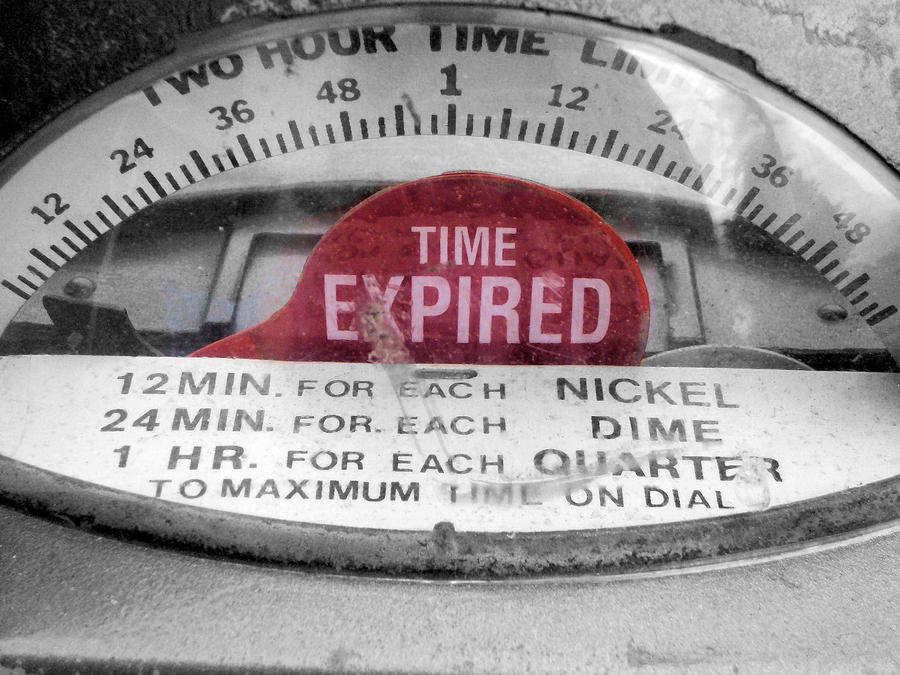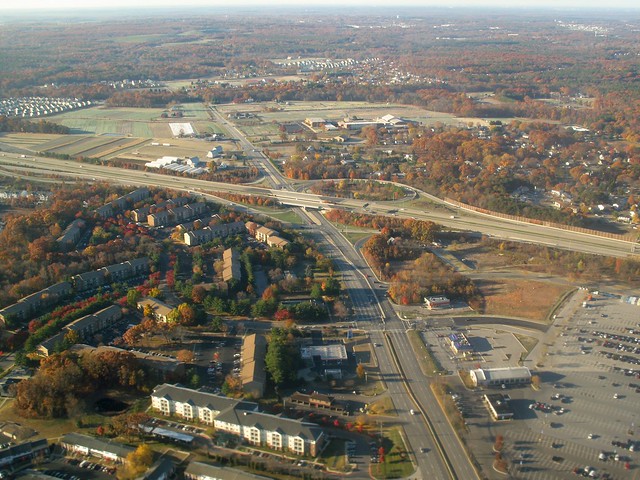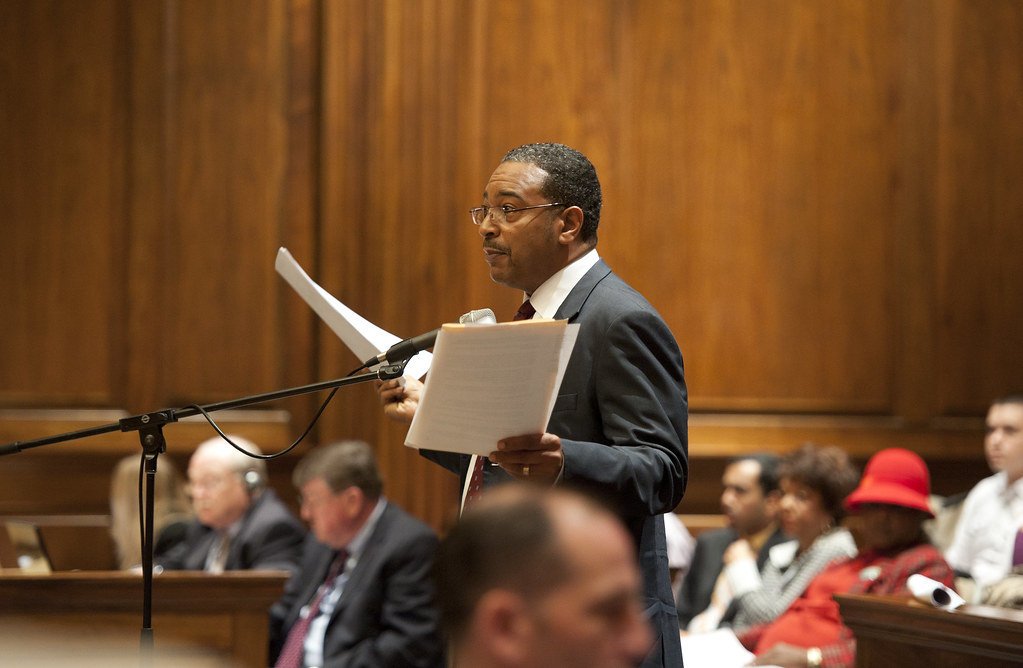 |
| Image by M-NCPPC |
Last year, Prince George's County planners kicked off a bold effort to revise the countywide comprehensive plan and direct future growth primarily to transit stations inside the Beltway. But a continuing focus on sprawling suburban developments on the county's fringes could thwart those worthy goals.
The Planning Department has been working on "
Plan Prince George's 2035," an update of the General Plan that sets out the county's blueprint for long-term growth and development. It proposes
directing most growth to a few "downtown" areas at major Metro stations inside the Beltway. Planners also stressed the need to revitalize older established communities and preserve natural resources.
Throughout the process,
planners urged the county to be "bold and forward thinking" and to reject the "business as usual" approach of supporting sprawl development, which would only continue the county’s historical role as a bedroom community with limited retail options and few jobs. But the County Executive's and County Council's continuing enthusiasm for big greenfield developments like
Westphalia and
Konterra, will only continue this pattern by directing growth away from downtowns.
Preliminary draft plan reflects council’s desire for more “business as usual”
The
preliminary draft of Plan Prince George's 2035, released in September, is graphically impressive and chock-full of data. Planners have spent the past several weeks reviewing, digesting, and responding to
public comments received in November and December.
In many ways, the preliminary draft plan lays out the right overall vision and framework for how the county should "live, work, and sustain" over the next 20 years. For example, it says that 50% of the county's growth should go to one of eight "Regional Transit Centers": Largo Town Center, New Carrollton, Prince George's Plaza, Branch Avenue, College Park, Greenbelt, Suitland, and National Harbor. Of these, only National Harbor is not Metro-accessible, and all of these areas are either inside or adjacent to the Beltway.
In many other ways, however, Plan Prince George's 2035
is at odds with the planners' stated vision. It's too permissive of allowing growth to continue in the sprawling areas of the county that lie outside the Beltway and away from transit. Inside the Beltway, the preliminary plan misses the mark in identifying existing neighborhoods most in need of capital investments to catalyze revitalization and redevelopment.
 |
| Image by Magnus D on Flickr |
New “Suburban Centers” and sprawling subdivisions away from transit encourage growth in the wrong places
The plan identifies five “Suburban Centers,” all located outside the Beltway and away from transit: Bowie, Brandywine, Landover Gateway, Westphalia and Konterra. Planners envision that these centers will be "larger in size" than development around Metro stations and will "rely more on vehicular transportation."
According to the plan, 6,300 new homes should be built in these areas, representing 10% of the county's growth over the next 20 years. But Konterra and Westphalia alone are already approved for 9,500 homes, or 15% of the county's projected growth. Add the approved and planned development at Woodmore Towne Centre and the old
Landover Mall (both at Landover Gateway), as well as Bowie and Brandwine, and Suburban Centers could easily be responsible for more than 20% of Prince George's projected future growth.
County planners may have felt they had to include these “Suburban Centers” because they're already reflected in existing master plans. Additionally, County Executive Rushern Baker and many County Council members continue to vigorously support growth and development in these areas. But the point of the General Plan is to provide a blueprint for the county's
future growth, not to ratify the bad growth decisions of the past.
The preliminary plan also recommends directing another 20% of the county's growth to so-called "Established Communities," which refers to every place in the county that's eligible for public water and sewer connections. But such an overarching designation, which includes many areas that are currently undeveloped, turns the whole concept of “established” on its head and does virtually nothing to control sprawl.
Last fall, the County Council
extended the validity periods for several previously approved but still-unbuilt projects dating to before the housing bust. Eighty percent of those projects are for single-family subdivisions in undeveloped areas outside the Beltway.
With the "Suburban Centers" and "Established Communities," as contemplated in the preliminary plan, over
40% of the county's projected growth will occur in outer-Beltway suburbia, away from transit. This can hardly be the "bold" direction that planners originally envisioned.
Plan doesn’t direct enough resources for inside-the-Beltway communities
In contrast to the massive growth planned for "Suburban Centers" and "Established Communities," the draft plan only anticipates
15% of the county's growth going to the 20 Metro, MARC, Purple Line, and other transit stations inside the Beltway that are designated as local transit, neighborhood, or campus centers. There's little mention in the plan of public funds for capital improvements, like new streets or public facilities, and other catalytic investment in these areas, meaning even that tiny amount of growth is not likely to materialize.
Additionally, the draft plan focuses its "Neighborhood Reinvestment Area" priorities solely on the six neighborhoods that County Executive Baker designated in his 2012
Transforming Neighborhoods Initiative (TNI) program, which provides educational, public health, and public safety resources to communities particularly plagued by crime.
In her public testimony, Lillie Thompson-Martin, mayor of the town of Fairmount Heights, rightly criticized the preliminary draft of Plan Prince George's 2035 for "starving the older established communities," refusing them any meaningful revitalization assistance.
 |
| State-designated revitalization opportunity areas like this, across from the Addison Road Metro Station, get little attention in Plan Prince George’s 2035. Image from Google Earth. |
A better approach would have the plan
focus on those areas that county and state economic development officials have already identified as most in need of revitalization. Maryland has designated several Prince George's communities as either a
Sustainable Community,
Targeted Area, or
Enterprise Zone. This would encompass most of the inner-Beltway Metro station areas designated as Local Transit Centers or Neighborhood Centers, like West Hyattsville and Addison Road, and many other older communities, like Brentwood, Mount Rainier, and Capitol Heights.
Tell Prince George’s it’s time to change directions
Although the public comment period has passed, the final draft of Plan Prince George's 2035 has not yet been adopted. The Planning Board and the County Council still have to meet and vote to adopt the final plan.
If you believe that Prince George's needs to make developing our Metro stations and revitalizing inside-the-Beltway communities a priority,
please sign this online petition via Change.org. You can also write separately to the Planning Board and County Council and urge them to hold another public hearing. For the Planning Board, send your emails to the
Public Affairs Department, with copies to Planning Director
Fern Piret and Deputy Planning Director
Al Dobbins.
For the County Council, send your emails to Council Chair
Mel Franklin, with copies to the
Clerk of the Council and
Ingrid Turner, chair of the council's Planning, Zoning, and Economic Development committee.
 (This article is cross-posted on Greater Greater Washington.)
(This article is cross-posted on Greater Greater Washington.)









